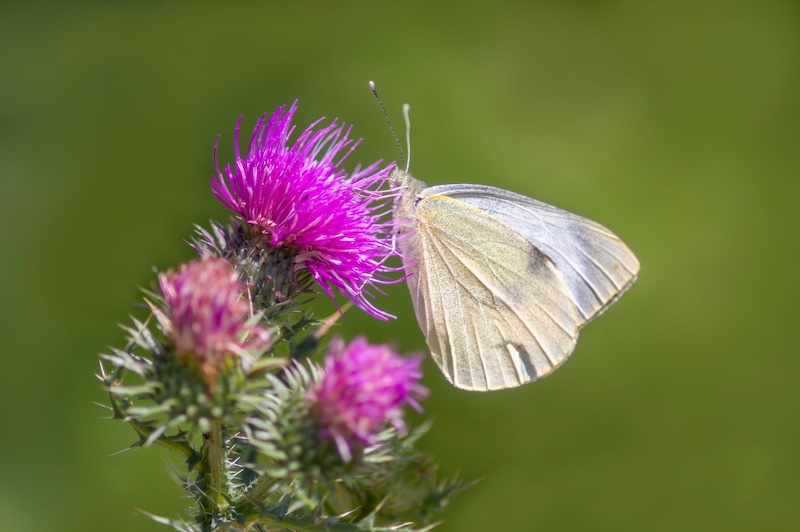Pollination is essential for a thriving garden, as it directly affects the production of fruits, vegetables, and flowers. While bees often take the spotlight as the main pollinators, various other insects contribute significantly to this vital process. Attracting a diverse range of pollinators to your garden can enhance biodiversity, improve plant health, and increase yields. Here’s a look at the ten best insects for pollinating your garden, with a focus on their unique contributions.
1. Bees

Bees are undoubtedly the most effective and well-known pollinators. Bumblebees are larger and fuzzier than honey bees and excel at pollinating tubular flowers. They use a technique called buzz pollination, where they vibrate their bodies to release pollen, making them particularly effective for crops like tomatoes and peppers. Leafcutter bees are solitary and known for their unique nesting habits, cutting leaves to construct their nests.
2. Butterflies
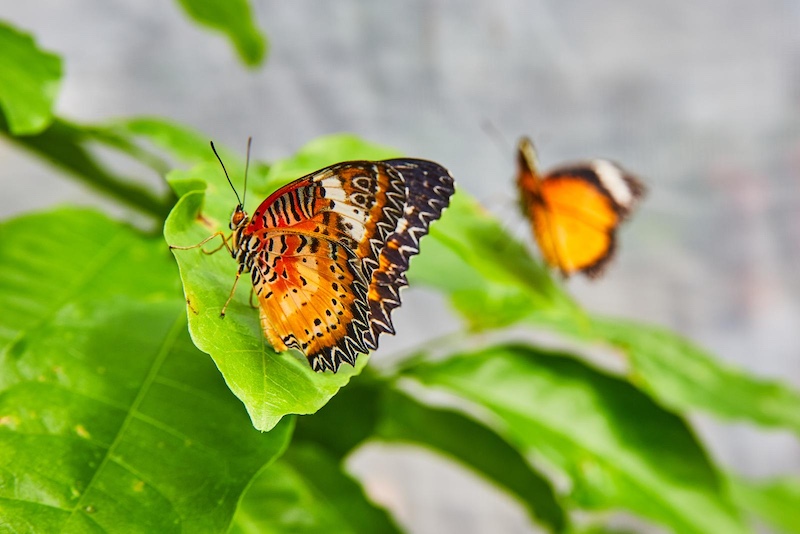
Butterflies are not just beautiful additions to your garden; they also play a role in pollination. While sipping nectar, they inadvertently transfer pollen from flower to flower. Planting nectar-rich flowers such as milkweed, zinnias, and coneflowers can attract butterflies and enhance your garden’s aesthetic appeal while supporting these essential pollinators.
3. Moths
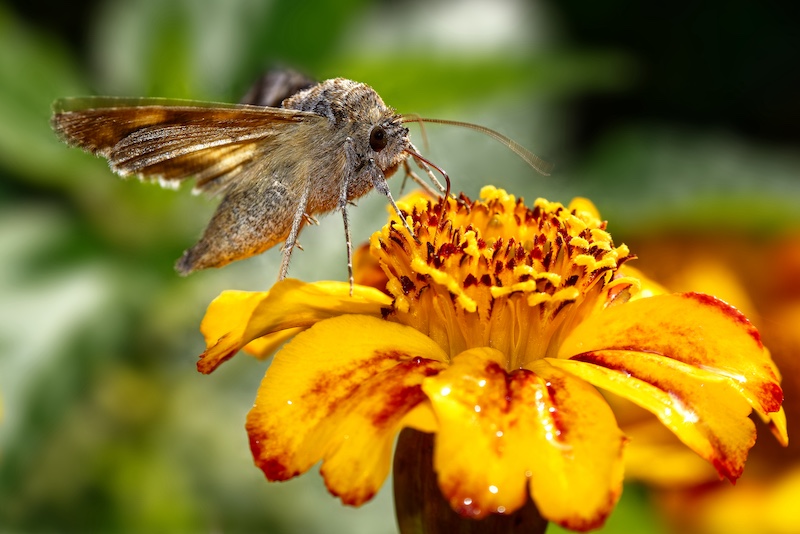
Night-flying moths are often overlooked but are effective pollinators for evening-blooming flowers. They are attracted to pale or white flowers with a strong fragrance that blooms at night. Moths like the hawk moth visit flowers such as evening primrose and moonflowers, making them important for nighttime pollination. Encouraging moths in your garden can add diversity to your pollination sources.
4. Beetles
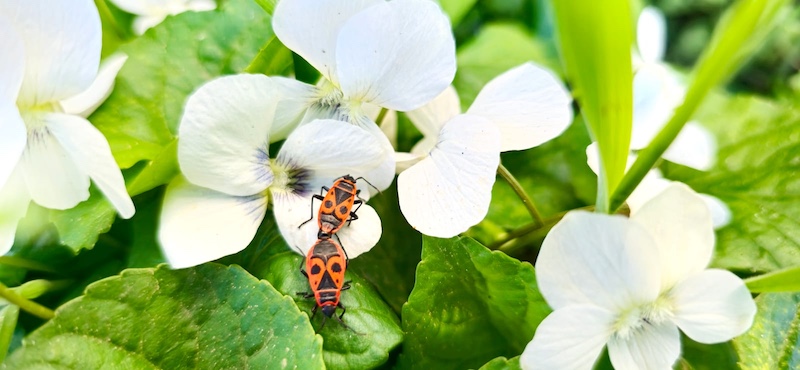
While not commonly recognized as pollinators, beetles play a significant role, especially for certain plants like magnolias and wildflowers. Beetles are less selective than bees and can pollinate various flowers as they forage for nectar and pollen. By planting a diverse array of flowering plants, you can attract these industrious insects.
5. Hoverflies
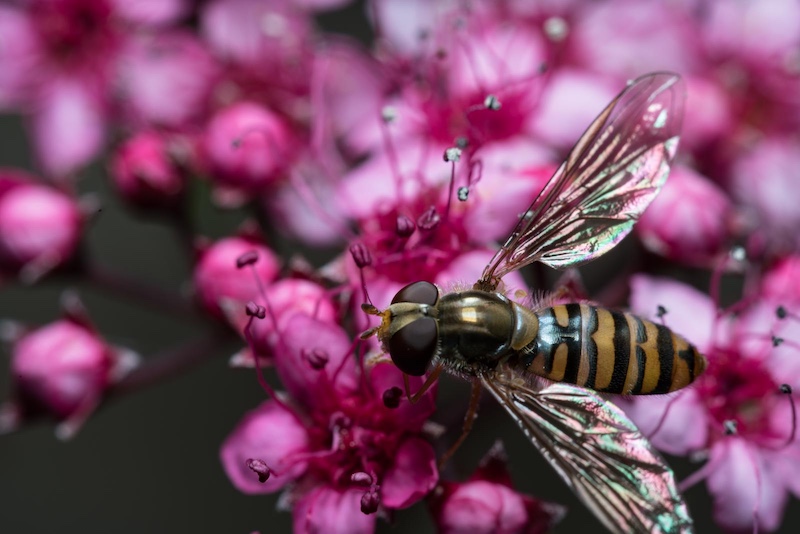
Flies, particularly hoverflies, are important pollinators in many gardens. Hoverflies resemble bees and are attracted to flowering plants, where they feed on nectar and pollen. They are effective at pollinating crops like carrots, onions, and various wildflowers. Creating a habitat with flowering plants will encourage hoverflies and other beneficial flies to visit.
6. Ants
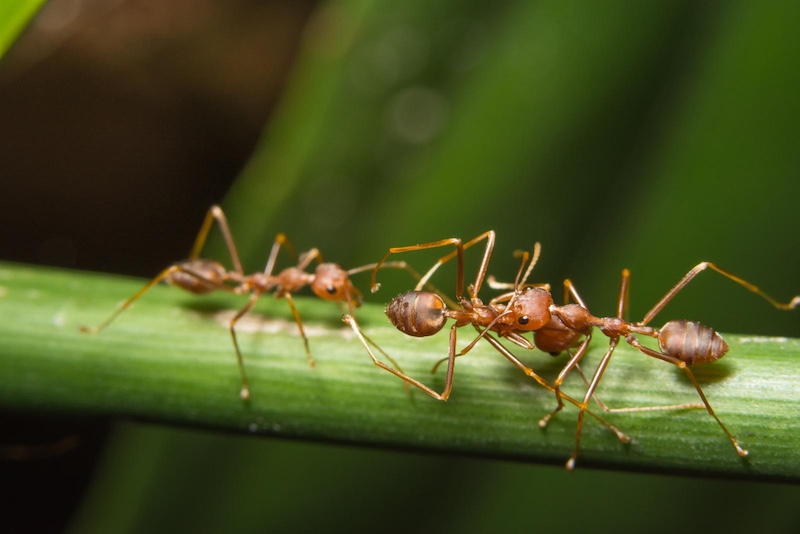
Ants may not be traditional pollinators, but they can play a role in the pollination of some plants. As they forage for nectar, they inadvertently transfer pollen between flowers. Plants like peonies and some orchids produce extra floral nectaries to attract ants. While their pollination abilities are limited compared to bees and butterflies, they can still contribute to the overall health of your garden. It’s important to note, however, that some types of ants are nectar robbers.
7. Wasps

Some species of wasps are also effective pollinators. While they are often more associated with predation than pollination, they visit flowers to feed on nectar and can help transfer pollen. For example, fig wasps are essential for the pollination of certain fig species. Encouraging a variety of flowering plants can attract these beneficial insects.
8. Thrips
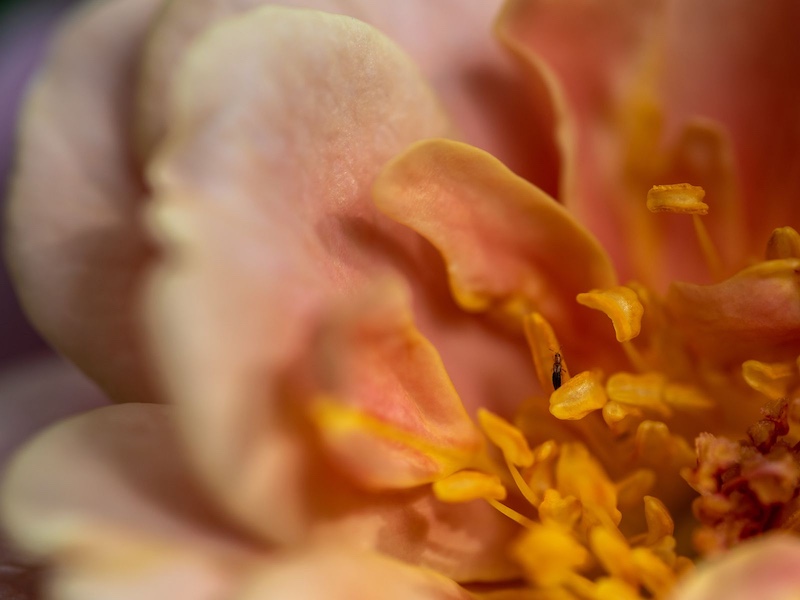
Thrips are tiny insects that can be beneficial for pollination. While they are often considered pests, some species feed on nectar and can help transfer pollen as they move between flowers. Thrips are particularly attracted to flowers like daisies and are most effective in large populations.
9. Lacewings
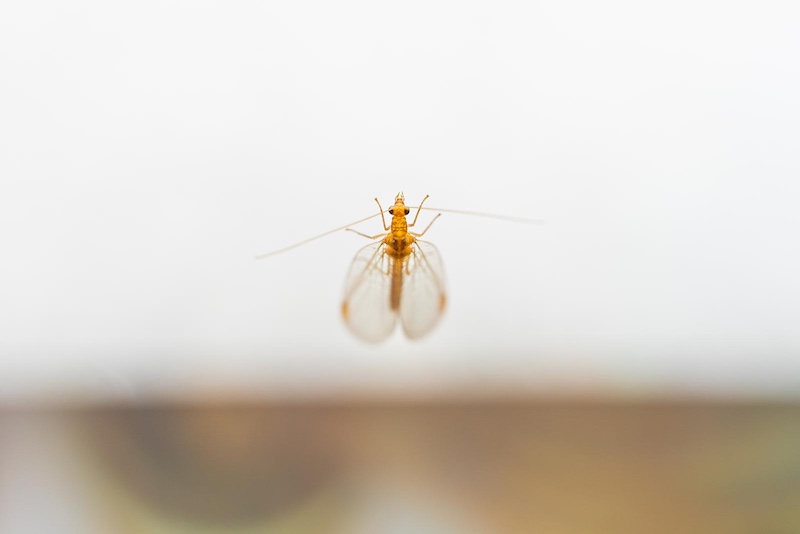
Lacewings are known for their predatory larvae, but adult lacewings feed on nectar and pollen, making them effective pollinators. They are particularly attracted to umbelliferous flowers like dill and fennel. By planting a variety of flowering herbs, you can attract lacewings and benefit from their pollination efforts.
10. Caddisflies
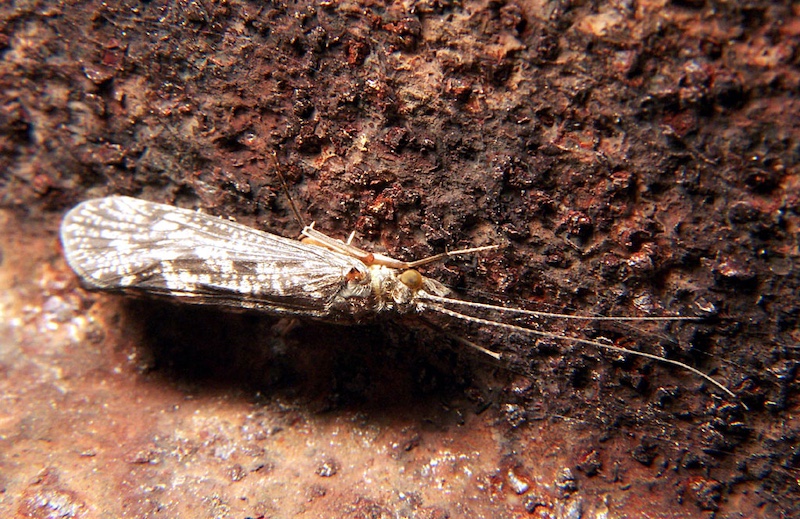
Caddisflies, often found near water sources, are lesser-known pollinators. Adult caddisflies are drawn to flowers and feed on nectar. While not as effective as bees or butterflies, they can contribute to the overall pollination of aquatic and semi-aquatic plants. Please Note: This content was created with the assistance of AI and thoroughly edited by a human before publishing.

